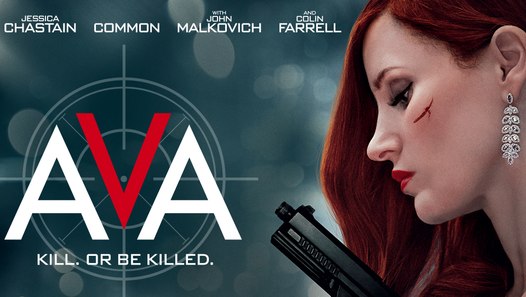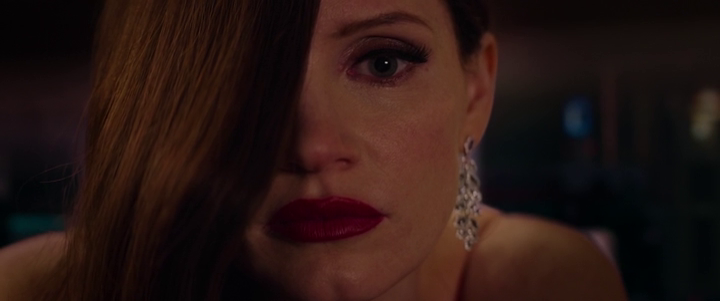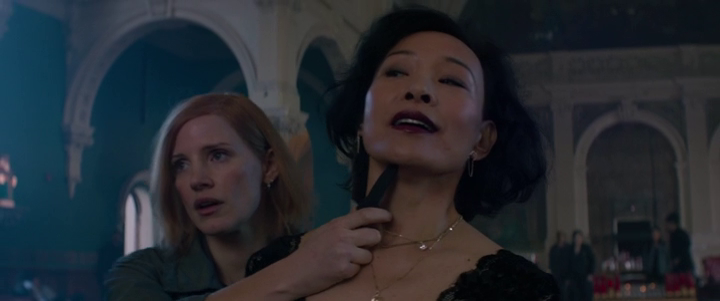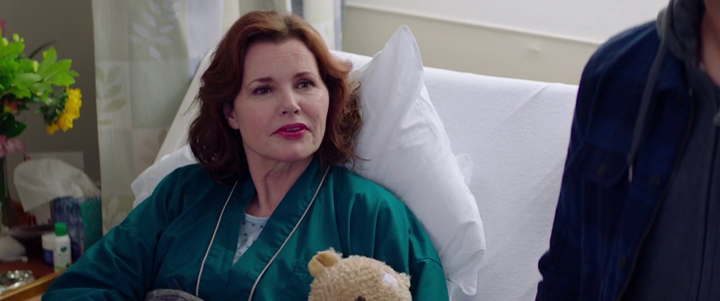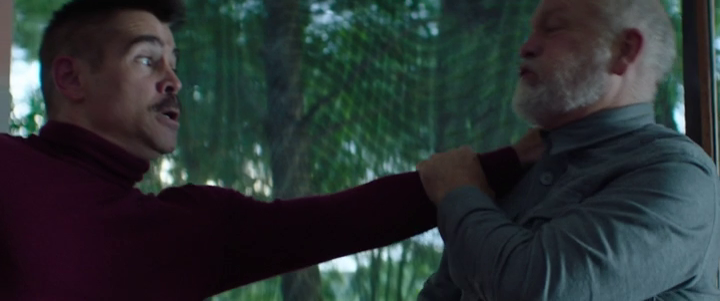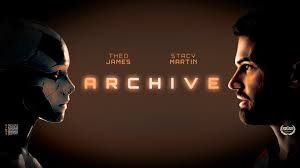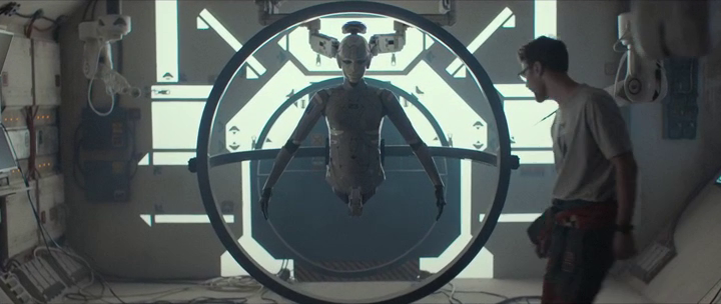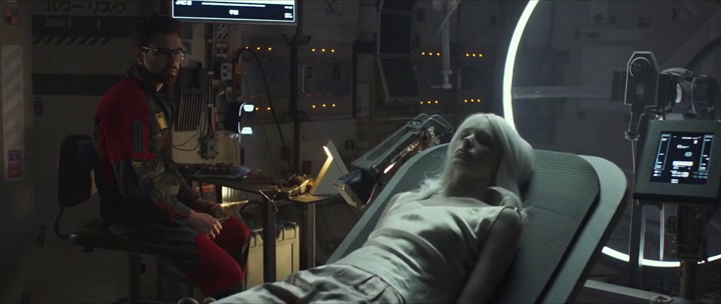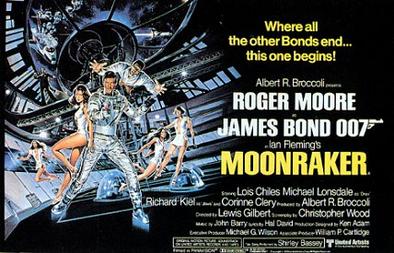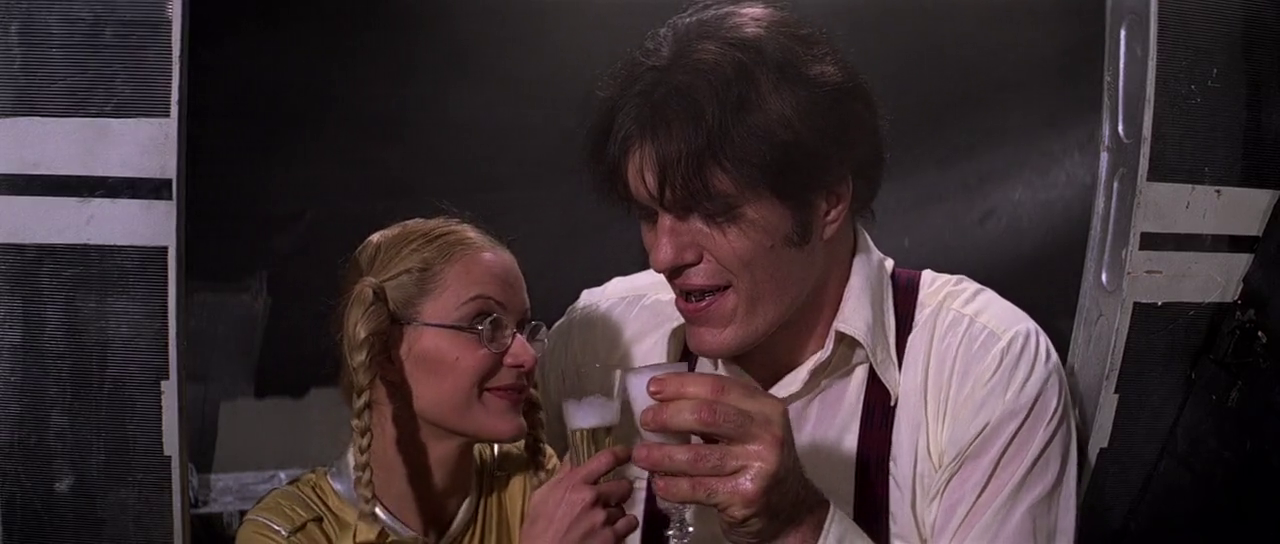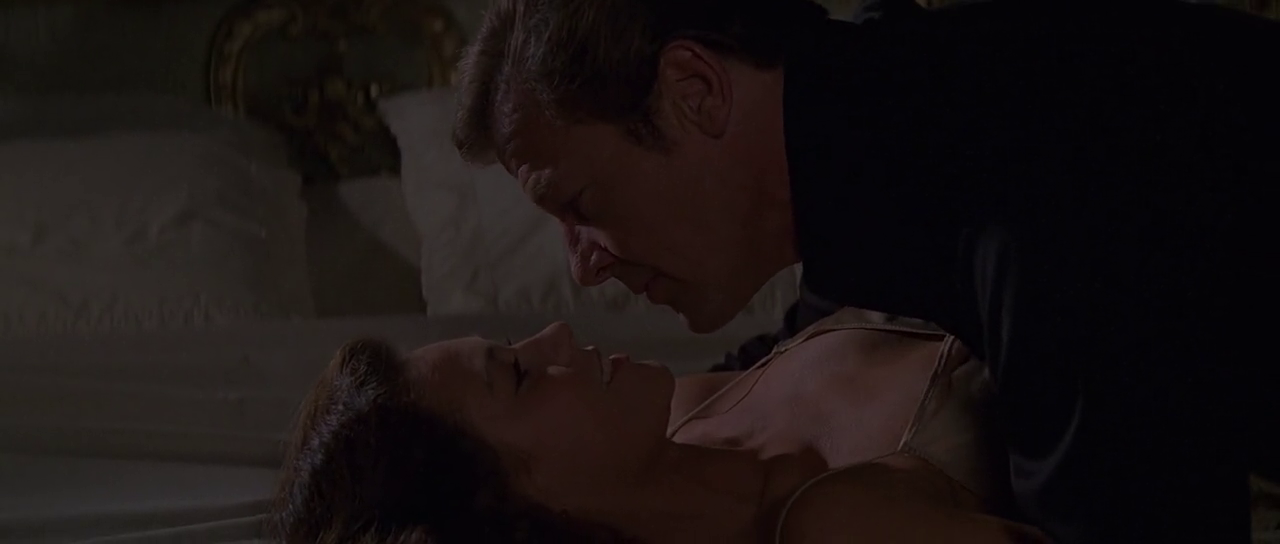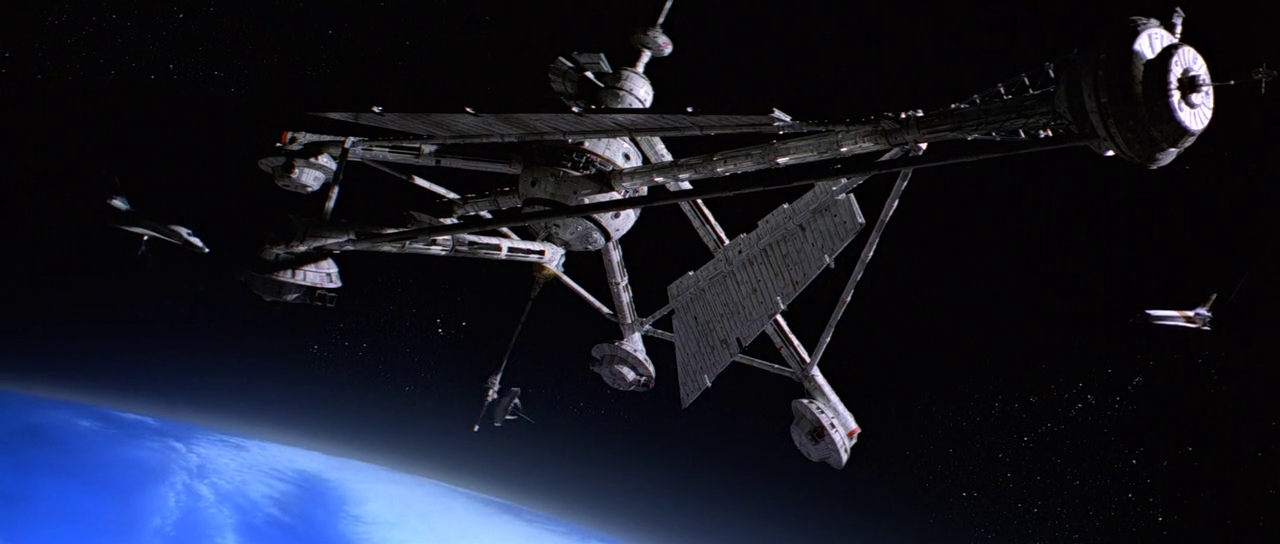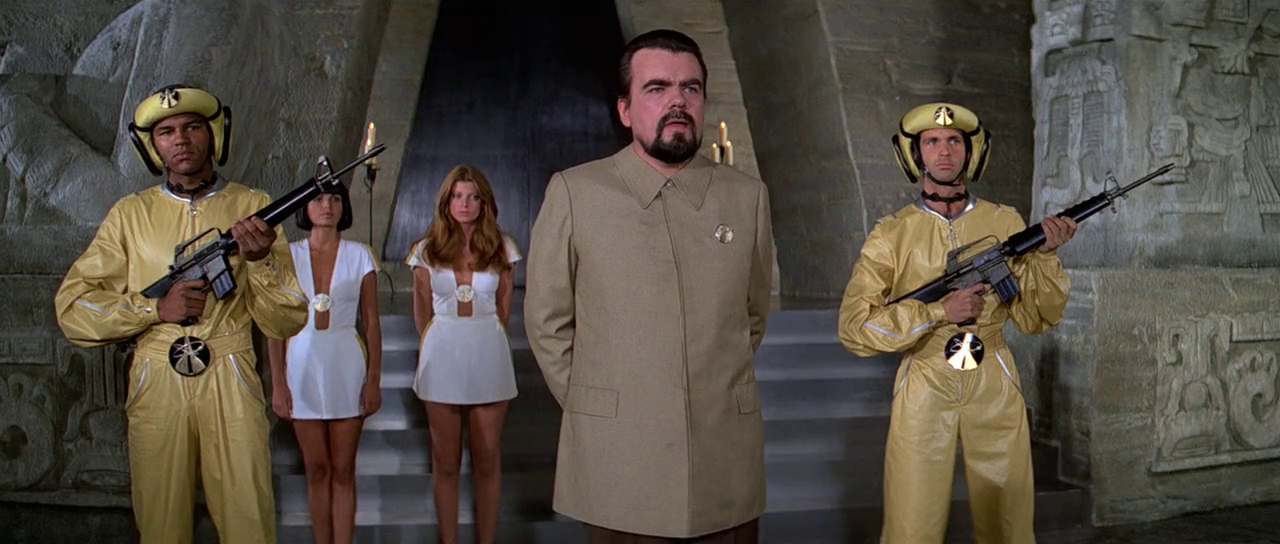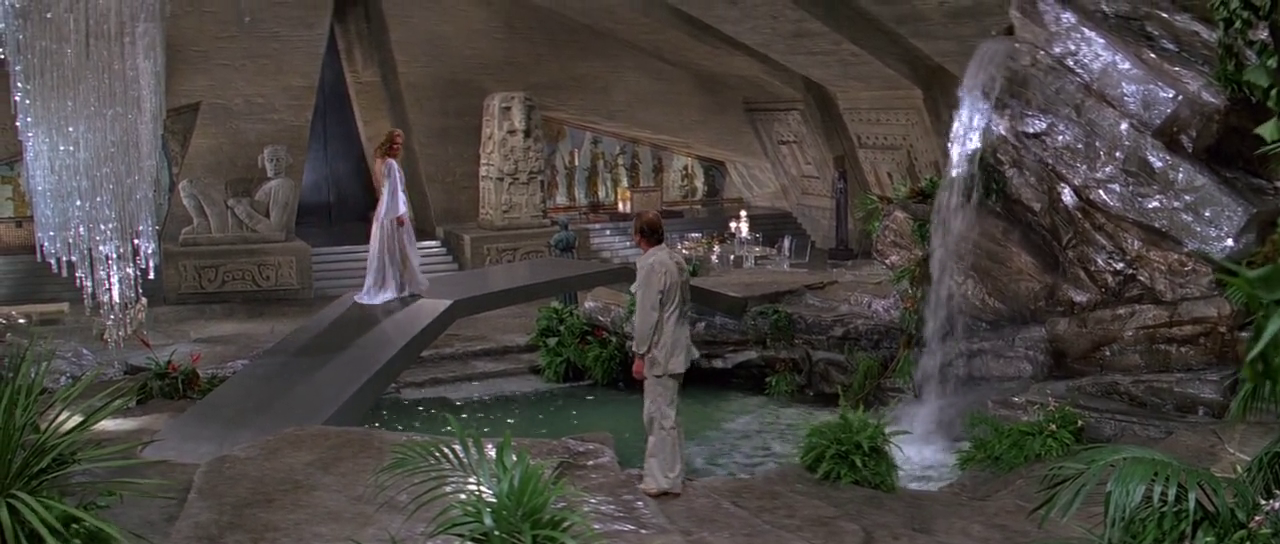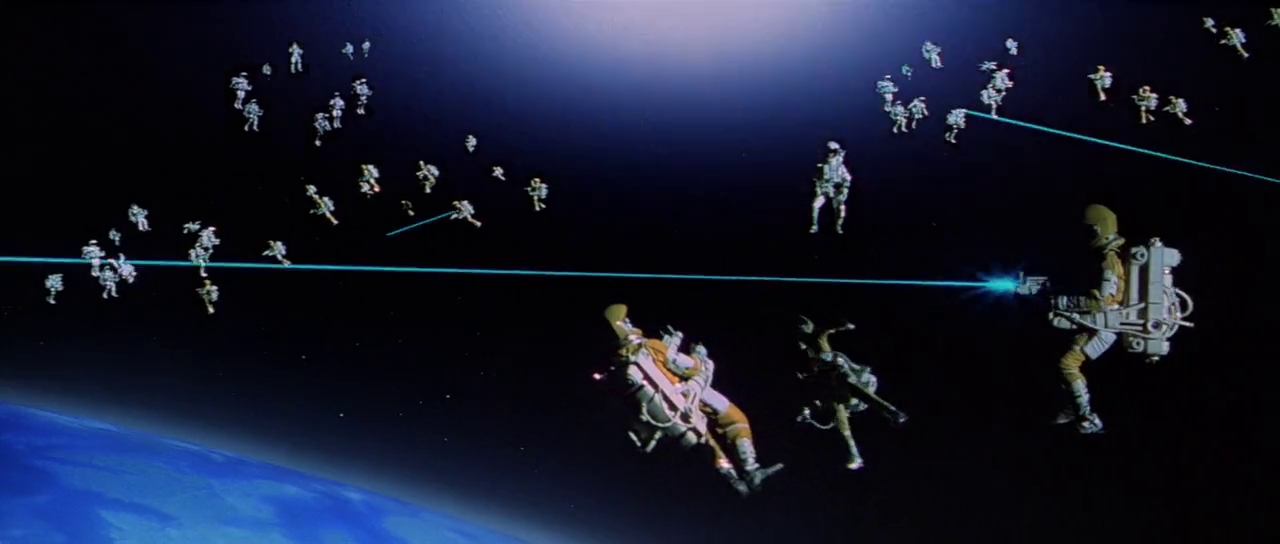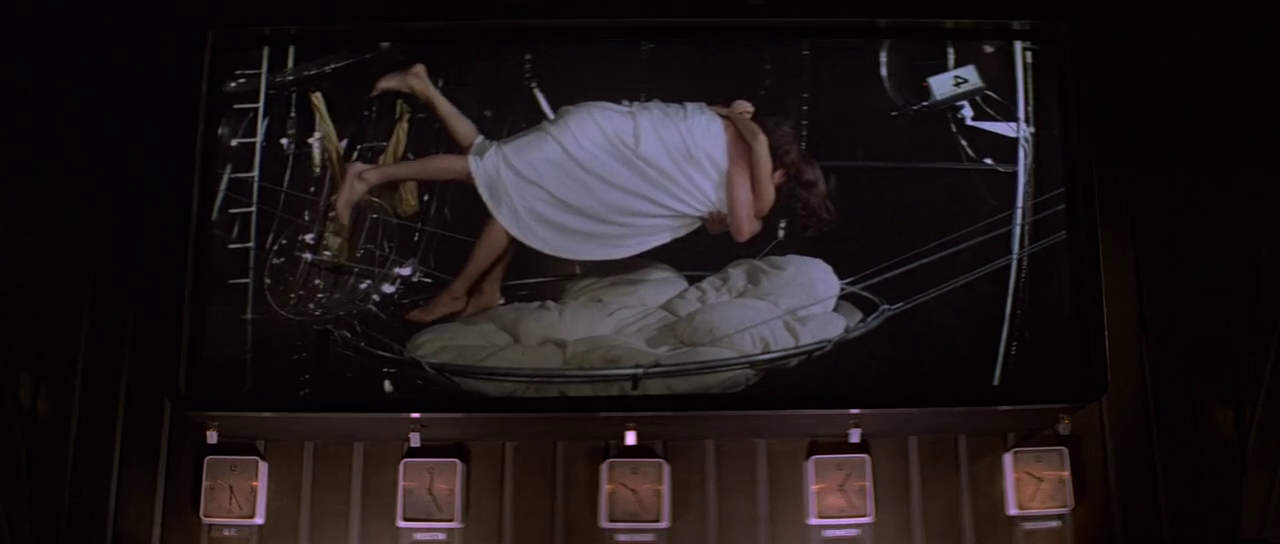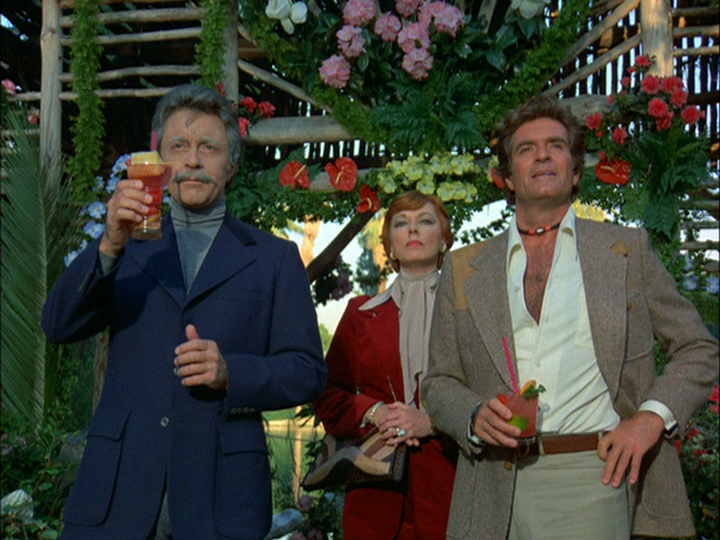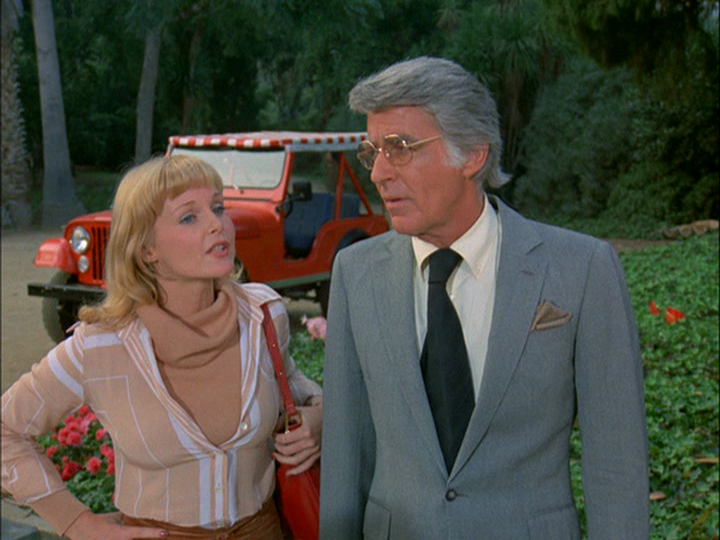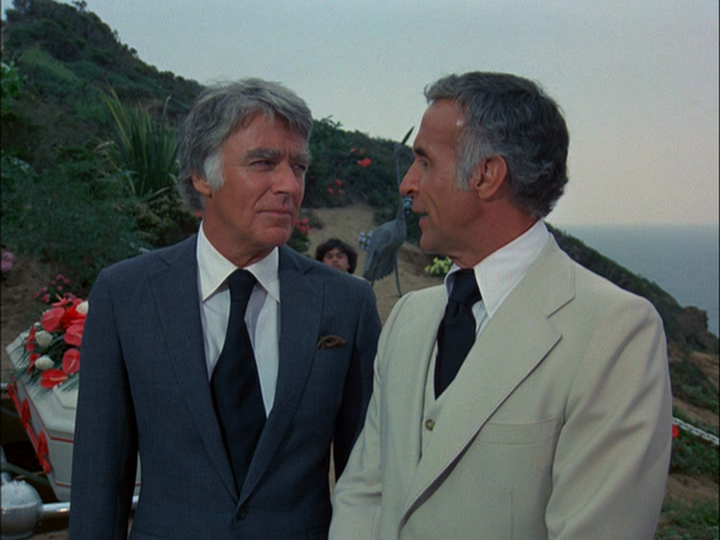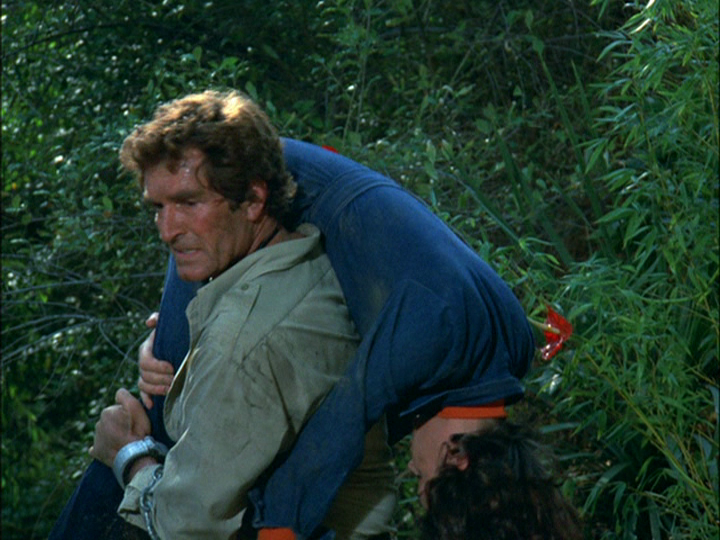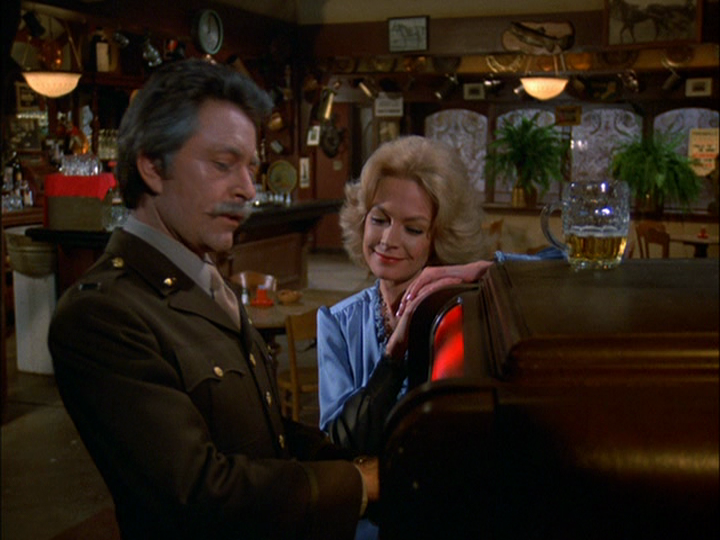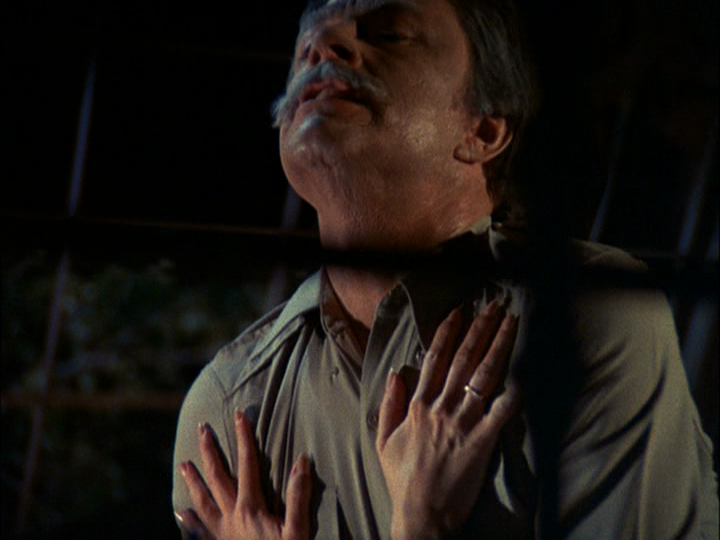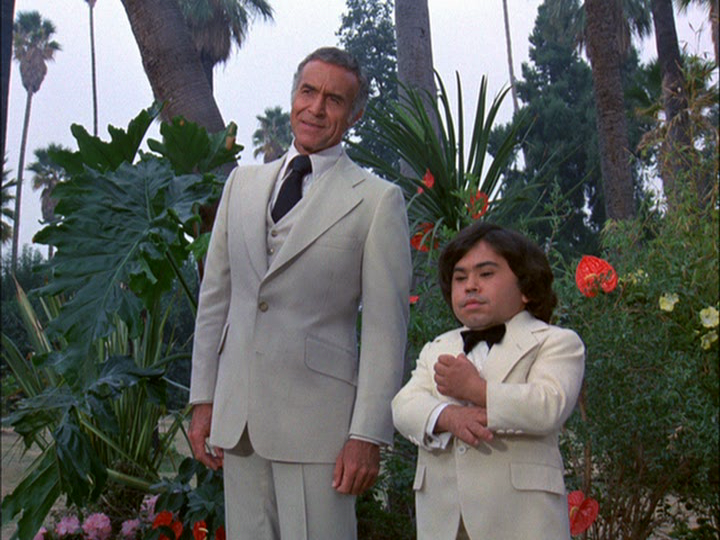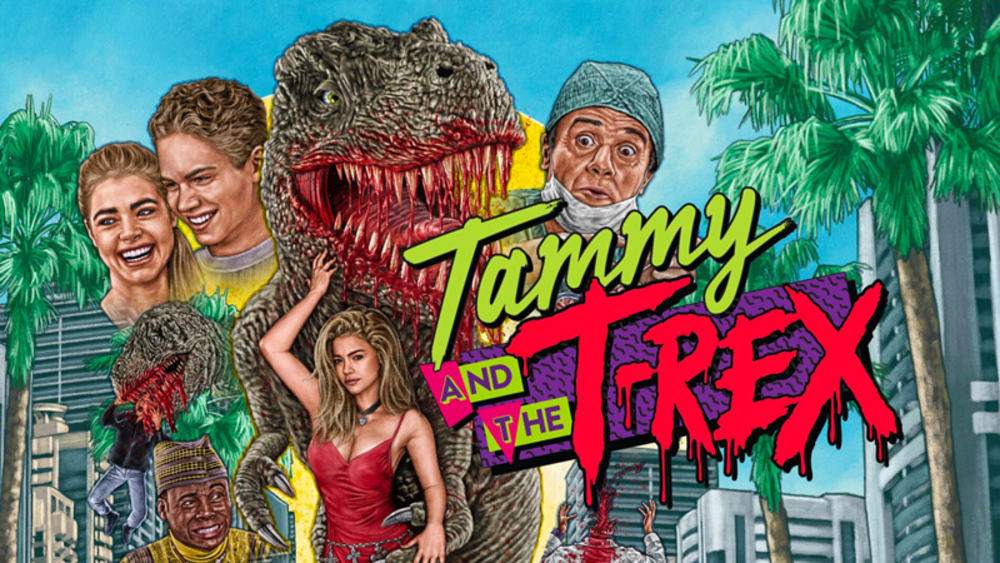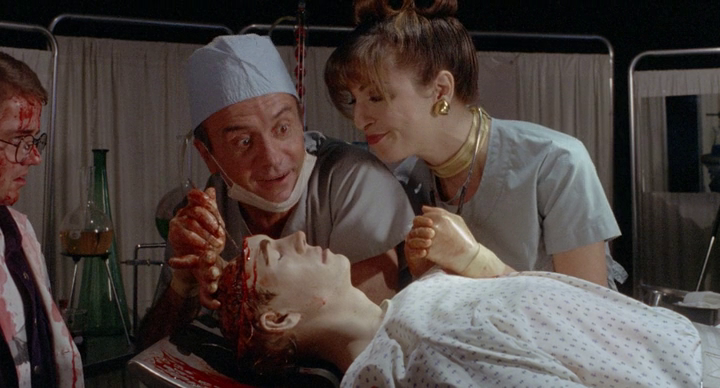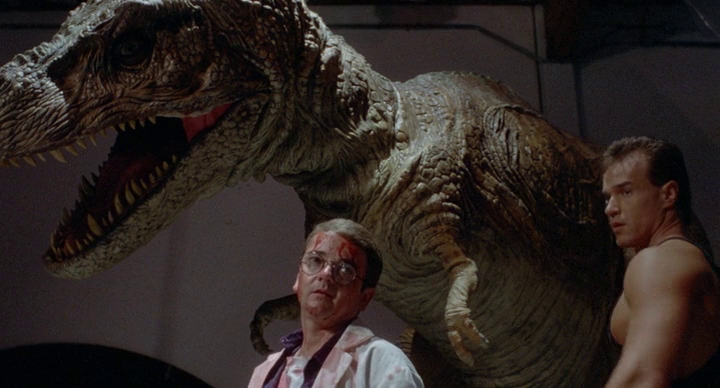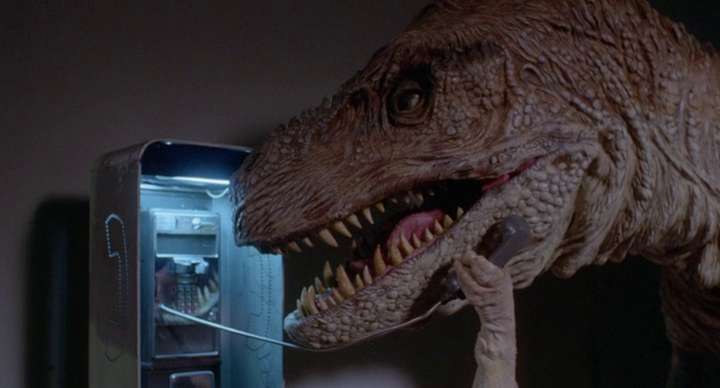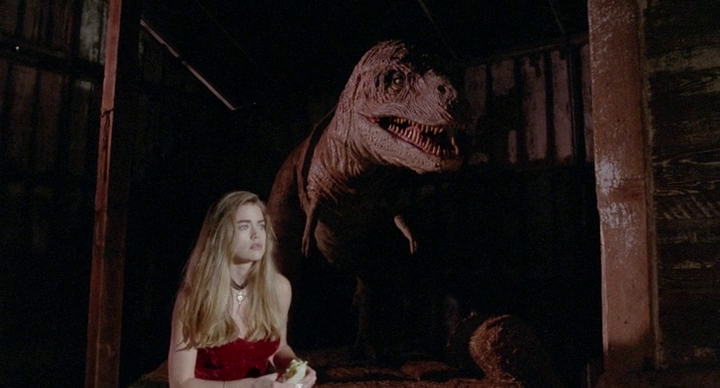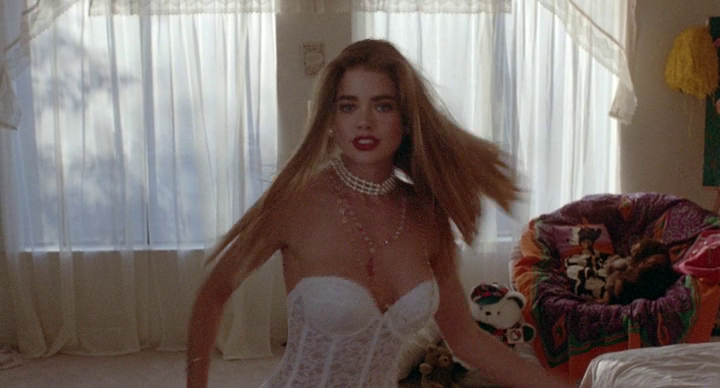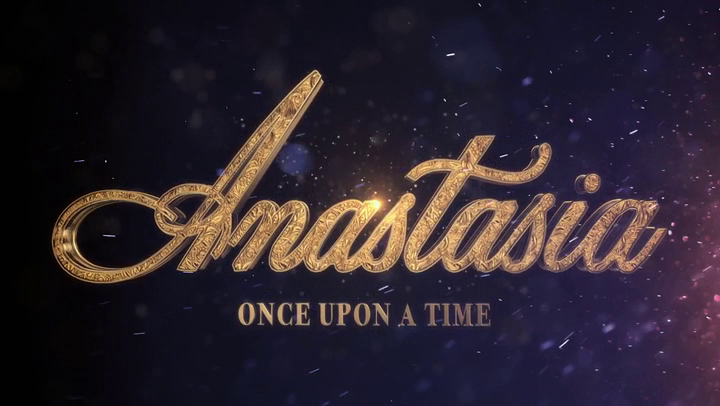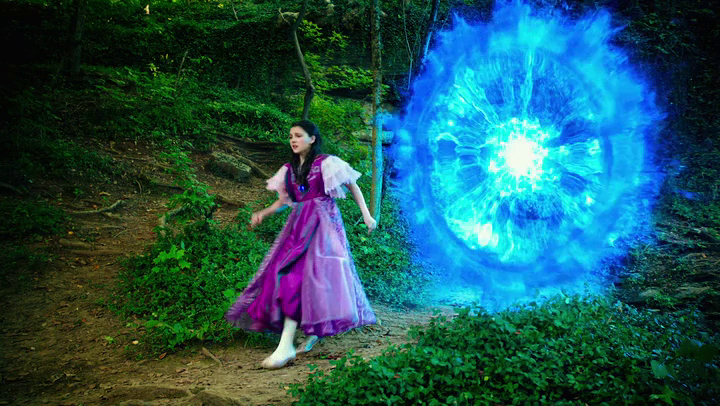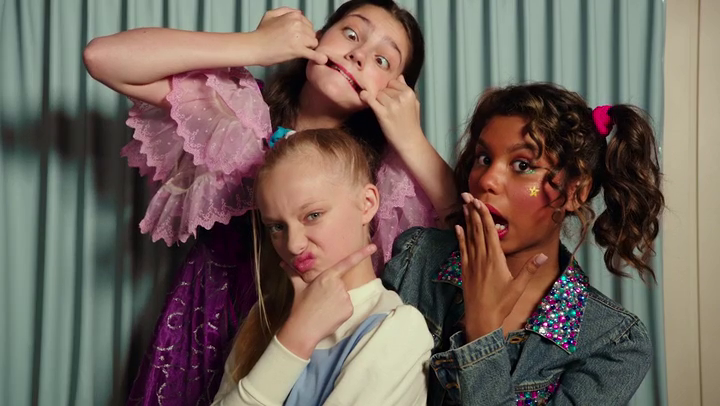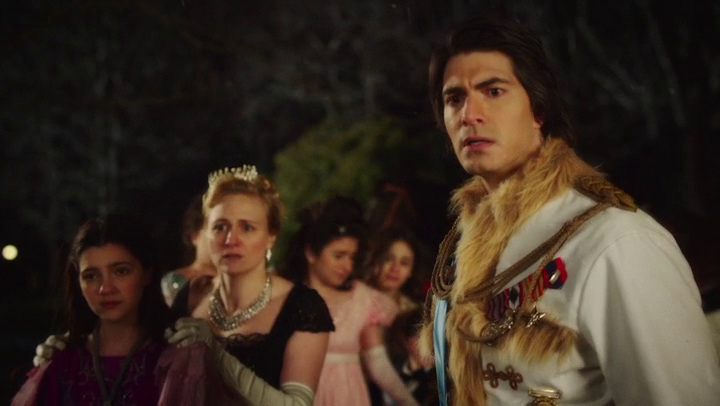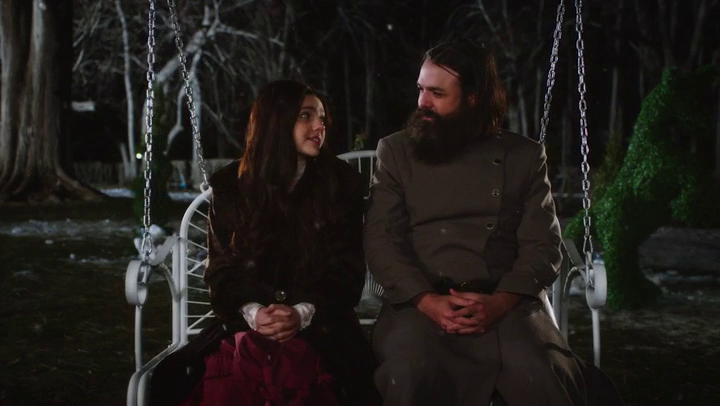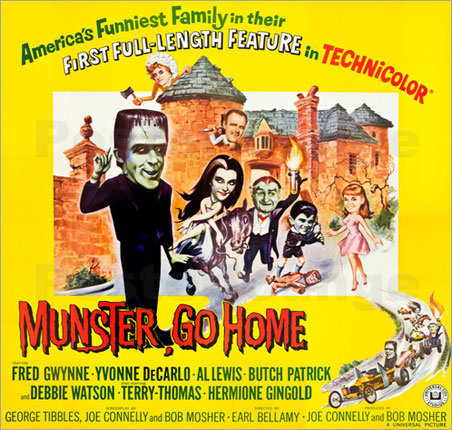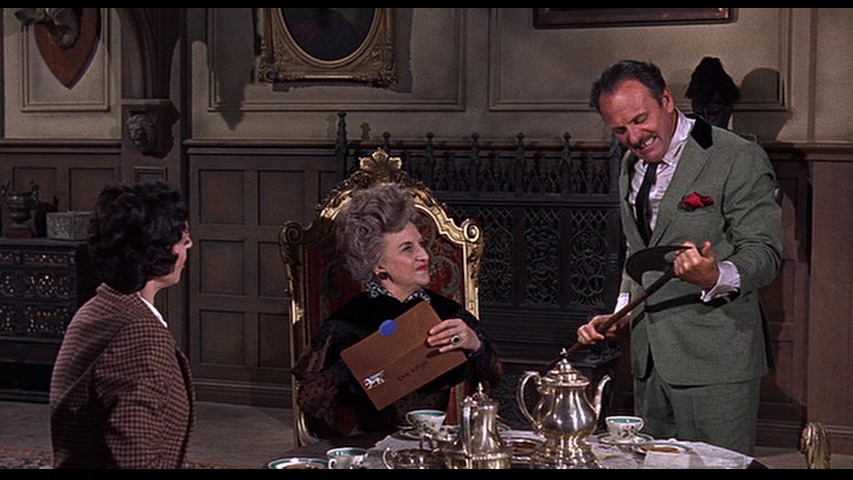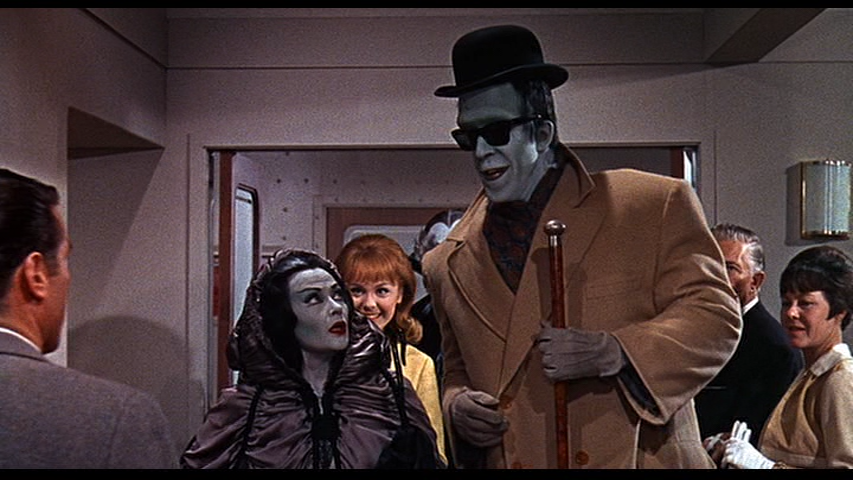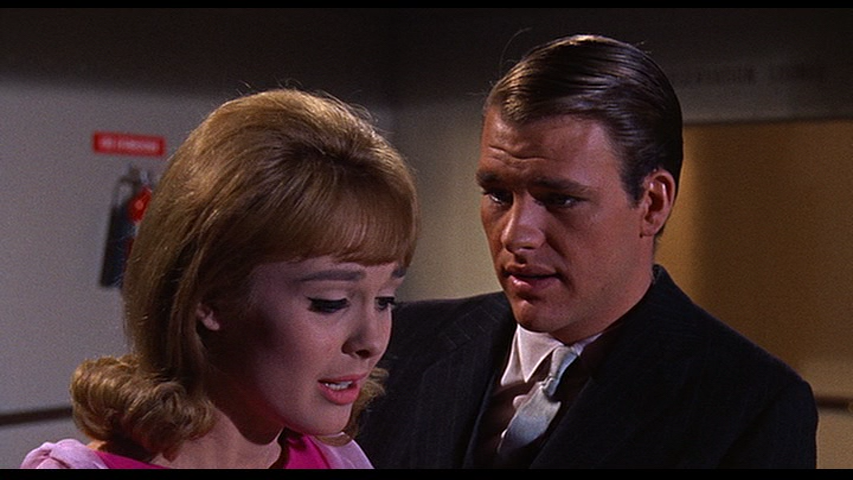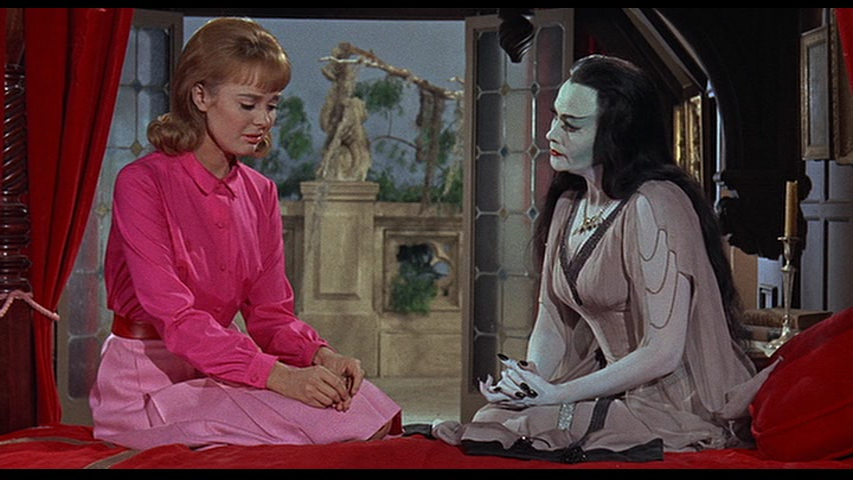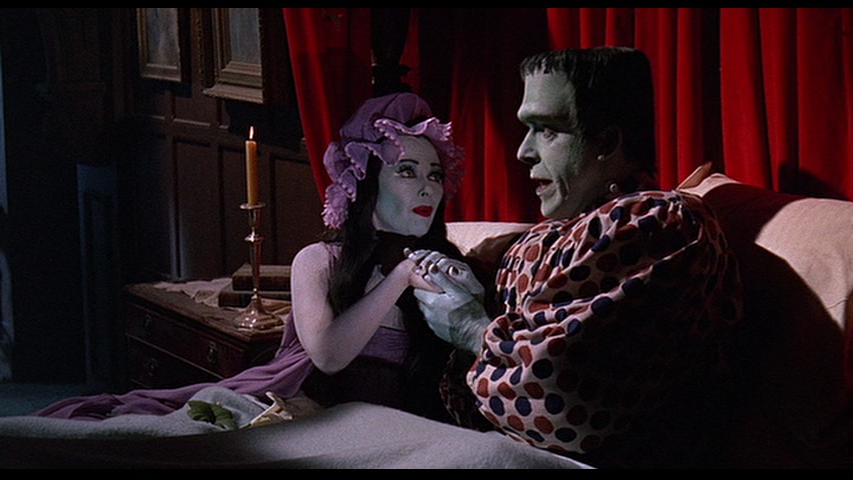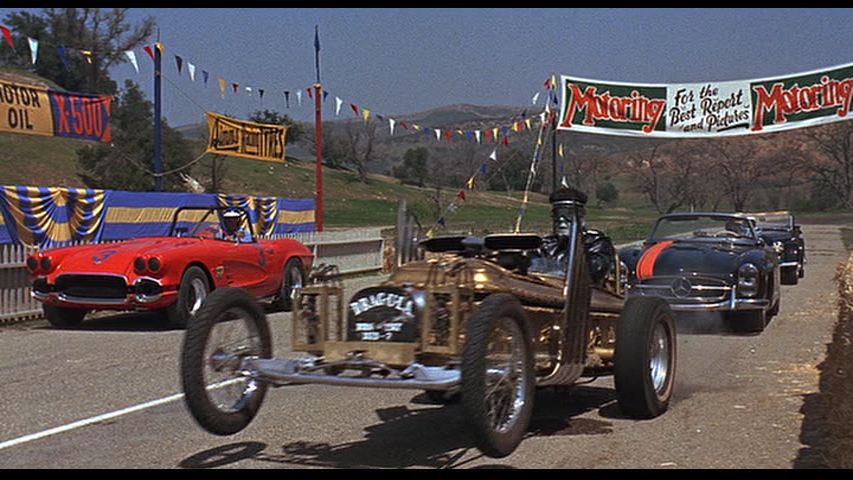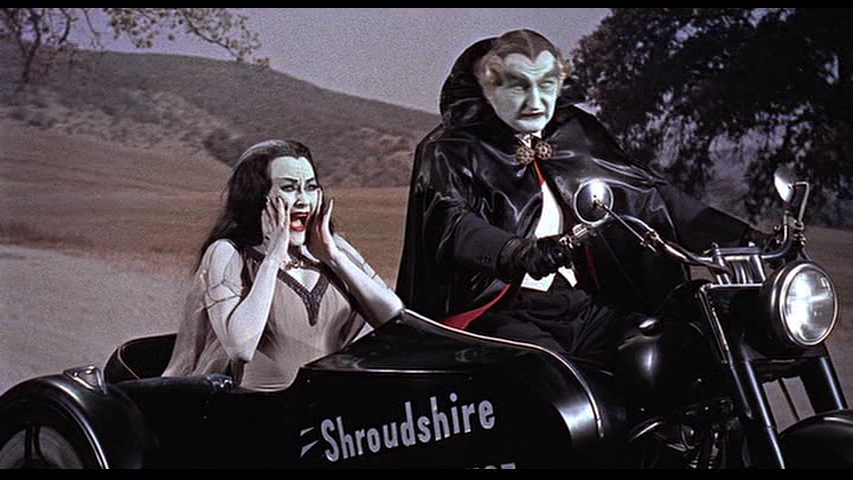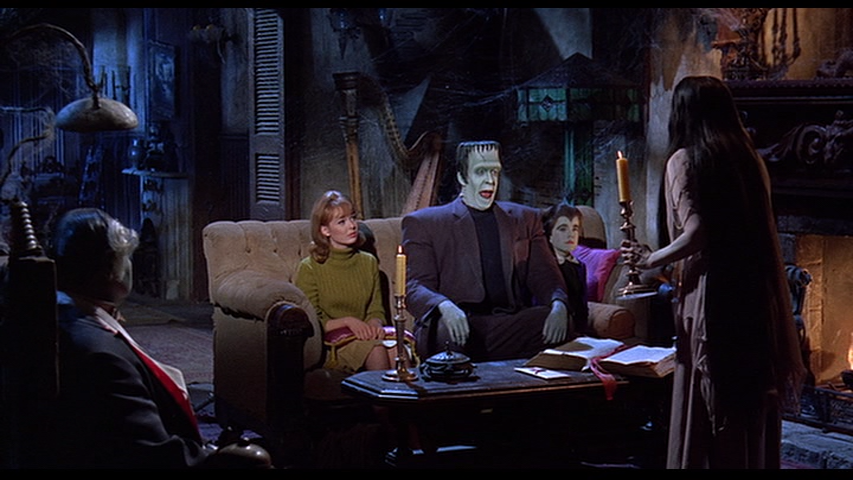Assassins and contract killers in movies have had a long and storied history, from the cool and professional assassins like Max Von Sydow in Three Days of the Condor to the more dynamically sharp-dressing badasses like John Wick, but we don’t get too many movies with a female in this particular job set so when we do get such an outing I take notice and with Jessica Chastain attached to such a project I was even more intrigued.
In this film we are introduced to trained assassin Ava Faulkner (Jessica Chastain) a particularly deadly killer working for some shadowy organization – who these people are is never made clear other than they are called “The Management” so that could be a C.I.A. black ops division or some private organization – but Ava is making her employer (Colin Farrell) nervous by her habit of asking her targets what bad thing they did so as to end up with a kill order.
Note: Why her talking to her targets is a bad thing is never revealed, they end up dead so what do the higher-ups care if she chatted them up first? One can assume that they were worried she'd uncover some conspiracy, something along the lines that her targets were being taken out for some rather unethical reason, but such a revelation never arrives.
Ava’s grouchy mentor Duke (John Malkovich) tries to assure her that everything is fine, despite her almost getting killed on a job due to the faulty intel she was provided, but as things continue and the bodies start to stack up even Duke’s salient reassurances start to sound like hollow platitudes.
Question: Aside from Rosa Klebb in the James Bond film From Russia with Love are there any other examples of unattractive female killers in movies?
Of course, Ava isn’t just your run-of-the-mill action film, not with Jessica Chastain attached as both producer and star, so we also have a massive “B” plot dealing with Ava’s dysfunctional family. We first meet her estranged sister Judy (Jess Weixler) who was forced to be the one to hold the family together when Ava ran off eight years ago, and then we have her mother Bobbi (Geena Davis) who manages to be cruel and snarky despite being in a hospital bed, and finally, we have Ava’s ex-fiancé Michael (Common) who is now engaged to Judy despite still carrying a torch for Ava. We also have a “C” subplot about Michael’s gambling problem and the massive debt he owes local underworld figure Toni (Joan Chen) but this doesn’t really go anywhere or add much to the proceedings other than adding another cool fight sequence.
I love Joan Chen so I’ll forgive the film for this unnecessary diversion.
I’ll credit Chastain for trying to create a fully developed and interesting character with Ava and her substance abuse problem, leaving home due to her asshole father and joining the army before being recruited by the “organization” but as good as Jessica Chastain is in this part it’s really nothing we haven’t seen before – the tortured killer with a heart of gold is certainly not new to Hollywood – and the only thing that makes this movie stand out is the calibre of actors they assembled for what is basically a B-movie.
“I get to do my entire role from this bed, right?"
Stray Observations:
• Was Ioan Gruffudd killed off after just a few minutes of screen time because of his portrayal of Reed Richards in the Fantastic Four movies?
• It’s never made clear what Ava would do if she learned one of her targets was an innocent person. Would she have let them go or kill them but then feel really bad about it?
• If Ava is considered one of the best killers in the organization why would they send a guy to simply knife her in a park? Wouldn’t a sniper or a car bomb be a more practical approach for such a dangerous target?
• That Ava buys Duke’s story that the guy she had a brutal fight within the park was just some random addict, and not a professional killer sent by the company to take her out, means she is either incredibly gullible or incredibly stupid…or possibly both.
• The cast is full of movie assassins; Geena Davis played an amnesiac killer in The Long Kiss Goodnight, Colin Farrell played the assassin Bullseye in Daredevil and John Malkovich played a paranoid hitman in Red.
• Watching 66-year old John Malkovich fighting 44-year old Colin Farrell was surprisingly fun to see.
It certainly beat anything we saw in Daredevil.
As an action film Ava had some okay to decent choreographed fight sequences but in a category that has recently given us Charlize Theron’s Atomic Blonde and John Wick’s puppy loving killer packing theatres with their brilliant over-the-top action, well, decent just doesn’t cut it. One can appreciate what Jessica Chastain was trying to do here, giving us a complicated anti-hero, but the cliché riddled script and only above average action scenes makes this a hard film to recommend. If you like your action films with a liberal dose of family drama then check out Ava, otherwise, give it a pass.
